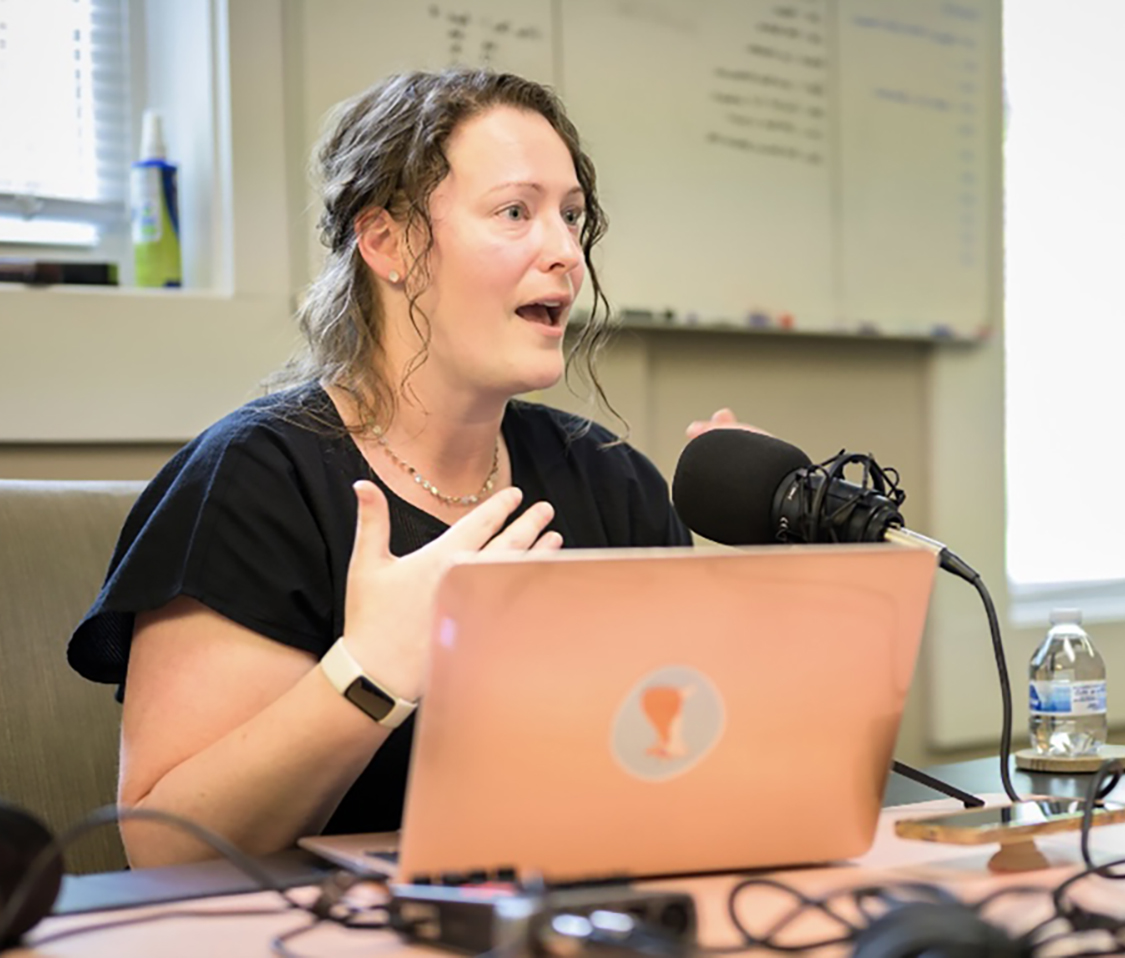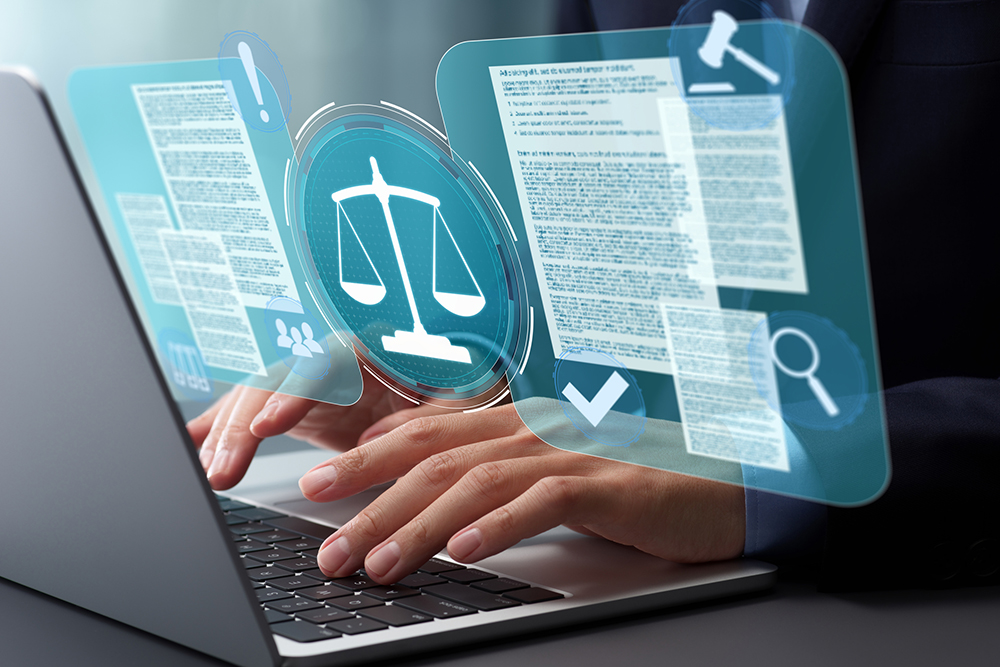A former instructor in the Editing certificate with roots in traditional pen and paper editing discusses her conversion to editing electronically.
Leslie Keros jumped at the opportunity to instruct Editing Electronically, a core course in the online certificate program in Editing, because she knew it would give her the chance to explore the intricacies of Microsoft Word in a way she’d long been intending to.
“You develop your own approach and toolkit with Word as an editor and you tend not to venture outside of it,” says Keros, who has edited books since 1990. “It’s a matter of worrying about the extra time it will take or the mistakes you might make in trying out something new. But getting the chance to teach and develop the material for Editing Electronically allowed me to push my limits and explore what Word has to offer. I was amazed by all the tools hiding there in plain sight.”
Exploring the Nooks and Crannies of Microsoft Word
Keros started out in book publishing with Little, Brown and Company in Boston, where she edited law books for five years before taking a position as a production editor at the University of Chicago Press.
After eleven years at the Press and another five years at the American Bar Association, she decided she’d had enough in-house experience and was ready to strike out on her own as a freelancer.
“Though I’m not a tech person by any stretch of the imagination, I started editing electronically in 1995, and I’ve done it for long enough that I have a good sense of what editors need to know,” she says. “The class is geared for people who want to edit professionally and who want to expand their Microsoft Word toolkit by really delving into its nooks and crannies. Students gain a better sense of how they can use Word to enhance the quality of their work and make it more thorough.”
Inhabiting the author’s point of view
By using a single manuscript chapter as the through line connecting each week’s lessons, Editing Electronically gives students a sense of the whole life of a manuscript, from the point at which it lands on their desk—or, rather, appears in their in-box—through cleanup, formatting, and even best practices for interacting with the author.
“The author activity is often the students’ favorite week of the class,” Keros says. “Students pair up and treat each other as authors. It’s an exercise that helps give them the author’s perspective on what it’s like to receive a manuscript full of changes and comments, but it’s also fun to work with another person, since the rest of the class involves plugging away mostly on your own.”
A Less Stressful, More Streamlined Editing Process
In the end, even if there might be a certain nostalgia for the days when manuscripts were edited by hand, Keros notes the advantages that come with using Microsoft Word as one’s primary editing tool. Not only does it make a world of difference when it comes to searching lengthy manuscripts for particular words or phrases, the tidiness of what an editor presents to the author makes it significantly less overwhelming.
“Opening up your manuscript as an author and seeing its pages covered in edits can leave you feeling a bit downtrodden,” Keros points out. “Being able to hide the tracked changes, to focus on how the text would read if the edits were accepted, not only reduces potential stress but makes the edits more understandable overall. Editing Electronically is for editors looking to streamline their approach in new ways using Word while also strengthening their overall editing process.”





